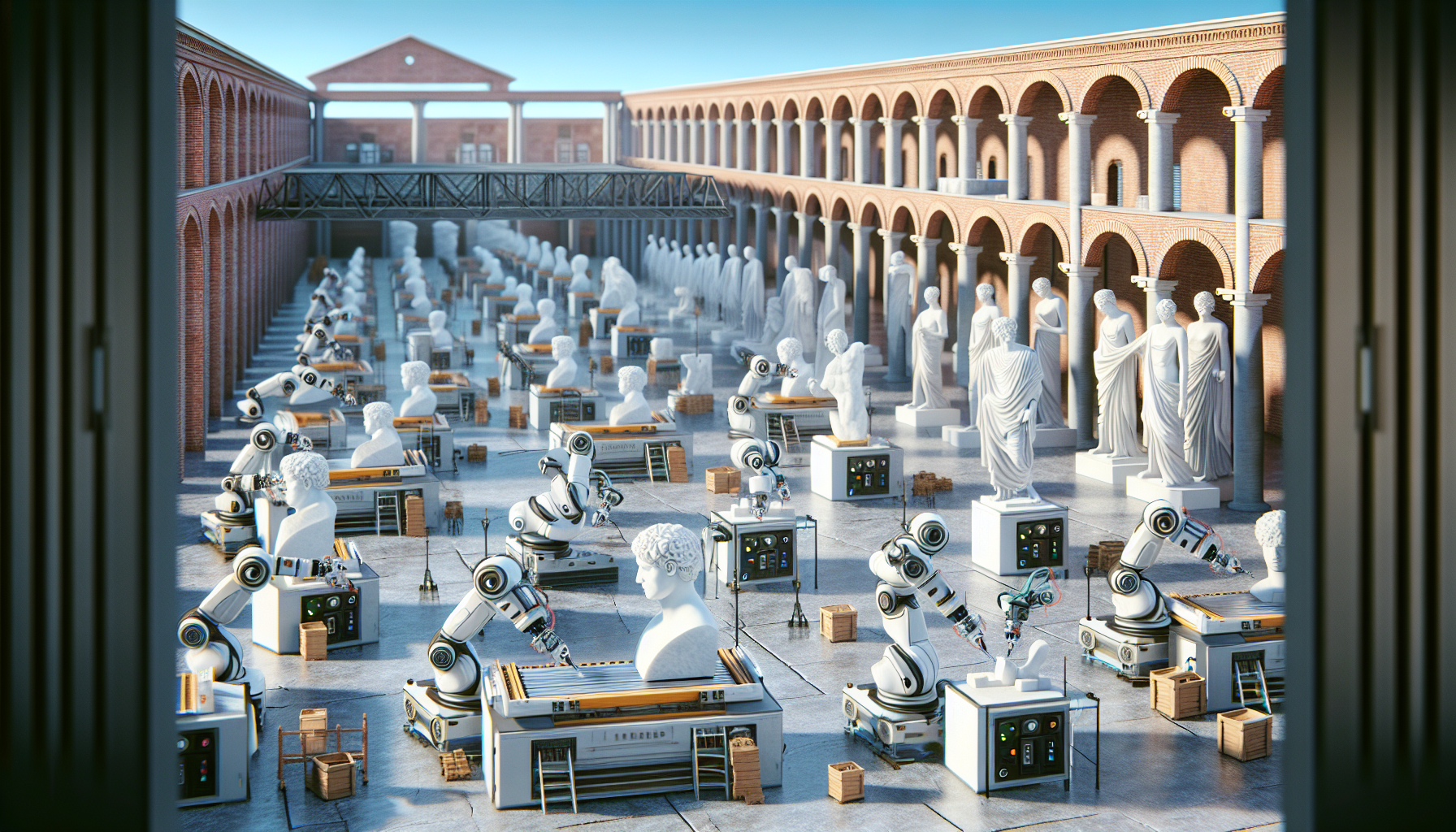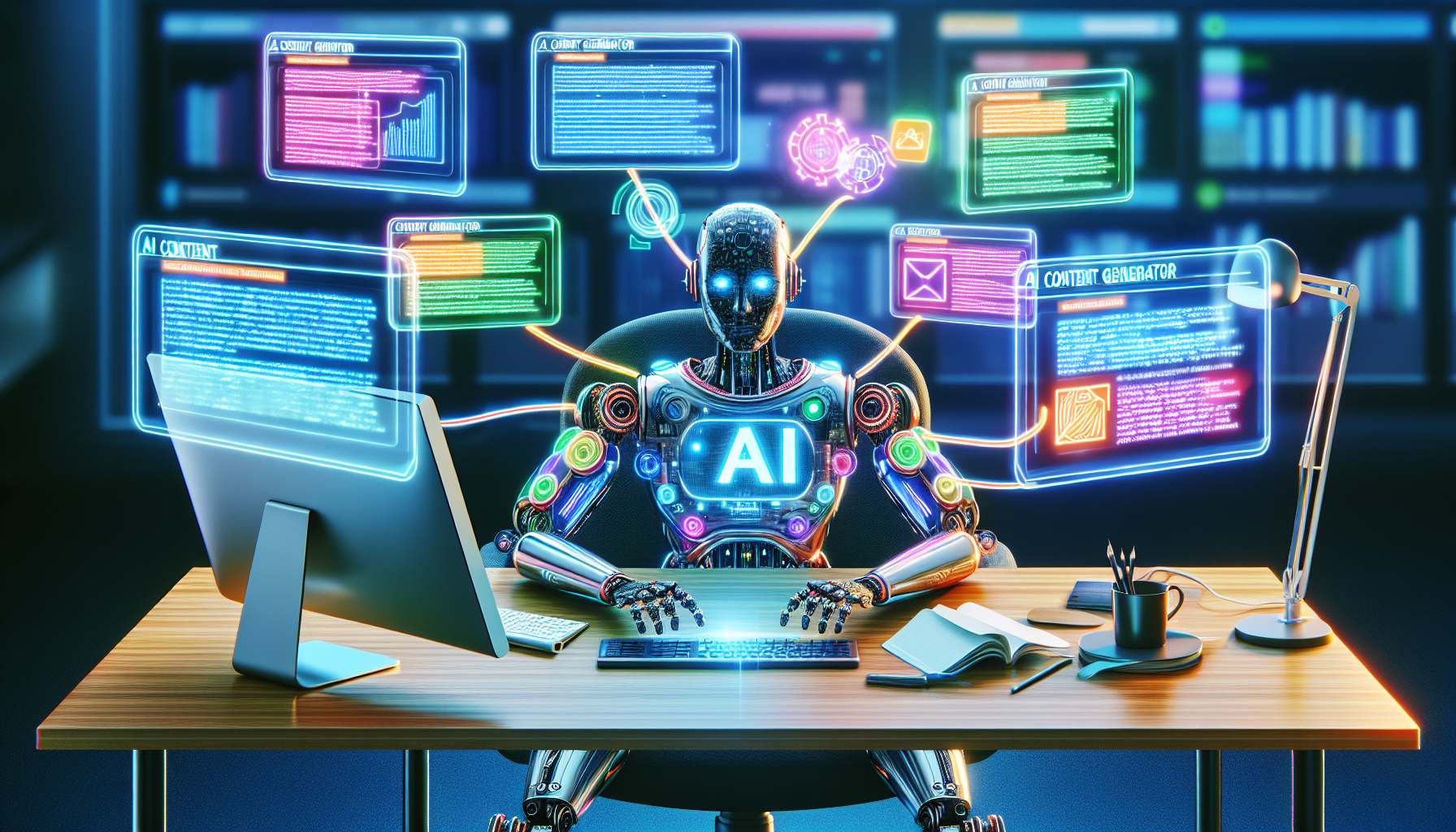In the renowned marble workshops of Italy, a revolution is quietly taking place. The task of creating intricate sculptures, traditionally the domain of skilled artisans, is increasingly being tackled by robots. These advanced machines can carve with precision and speed that human hands simply cannot match. As this technological advancement gains traction, it raises profound questions about the future of an art form that has been revered for centuries.
The use of robotics in marble sculpting might seem like a natural evolution in an era where technology permeates every aspect of life. However, it also brings about a debate on what is lost when machines take over what was once considered a quintessentially human endeavor. The balance between preserving tradition and embracing innovation is at the heart of this discourse.
Historical Context of Marble Sculpting
Marble sculpting has been a celebrated art form for millennia. From ancient Greek statues to the masterpieces of the Renaissance, marble has been a canvas for some of the world's most famous artists. The material itself is cherished for its permanence and beauty, qualities that have made it a preferred medium for immortalizing figures of cultural significance.
The process of sculpting marble is traditionally labor-intensive and requires years of training. Artisans develop a deep understanding of the stone's characteristics, learning how to coax forms from its rigid surface. This craft has been passed down through generations, with knowledge often remaining within families or close-knit communities.
Towns such as Carrara in Italy have been synonymous with marble production for centuries. These areas have established themselves as cultural hubs where artisans and marble enthusiasts gather, sharing techniques and innovations. The advent of technology in these spaces marks a significant shift from traditional methods.
The Rise of Robotic Sculpting
Robots capable of sculpting marble are powered by advanced software that translates digital designs into physical sculptures. These machines are equipped with precision tools that allow them to carve intricate details at speeds far beyond human capability. The accuracy and efficiency they offer are among their most significant selling points.
These robotic systems can produce multiple copies of a sculpture, each identical to the original design. This ability is particularly appealing to commercial enterprises looking to replicate works for wider distribution. However, it also reduces the uniqueness of each piece, a hallmark of traditional sculpting.
The introduction of robots into the sculpting process has been met with both enthusiasm and trepidation. For some, it represents a new frontier for creativity, where artists can experiment with forms that were previously impractical due to physical limitations. For others, it signals the erosion of a deeply personal art form.
Impact on Traditional Artisans
Artisans who have devoted their lives to mastering the craft of marble sculpting are facing an unprecedented challenge. For many, this technology threatens their livelihood and the cultural heritage of their communities. The unique skills they possess may no longer be in demand, replaced by the efficiency of machines.
Some artisans are embracing this technological shift by incorporating robots into their workflow. They use robots for the initial rough work, allowing them to focus on finer details and finishing touches. This hybrid approach seeks to maintain the human element while benefiting from the precision of robotics.
Despite these efforts to integrate technology, there remains a palpable fear that the essence of traditional sculpting could be lost. The personal touch, the emotions conveyed through slight imperfections, and the connection between artist and material are aspects that many worry will disappear.
Debate Over Artistic Value
The introduction of robots into the art world has sparked a broader debate over the nature and value of art. Some argue that the essence of art lies in the expression of human emotion and creativity, elements that machines cannot replicate. Others suggest that art is defined by its impact rather than its origin.
As robots produce sculptures with unprecedented accuracy, the question arises whether the true artistry lies in the concept or the execution. If artists design the pieces but rely on machines to execute them, does it diminish the work's artistic value?
This debate extends beyond marble sculpting to other forms of art where technology plays a role. In a world where digital and AI-generated art are gaining prominence, society must reconsider what constitutes authentic artistry.
The Future of Marble Sculpting
Looking forward, the landscape of marble sculpting is set to change significantly. As technology becomes more integrated into the process, workshops and studios must adapt to remain relevant. This adaptation might involve rethinking the role of artisans in the creative process and how they interact with machines.
Educational programs are beginning to reflect these changes, offering training in digital design and robotic operation alongside traditional sculpting techniques. This blended curriculum aims to equip the next generation of artists with a versatile skill set fit for the evolving art world.
Ultimately, the future of marble sculpting will likely involve a dialogue between past and present, tradition and innovation. The challenge lies in finding a harmonious coexistence where technology enhances rather than replaces the human touch.
The rise of robot-assisted marble sculpting in Italy presents both opportunities and challenges. While the technology offers efficiencies and capabilities that can push the boundaries of creative expression, it also raises important questions about the preservation of cultural heritage and the nature of art itself.
As society navigates this complex terrain, it becomes crucial to engage in conversations that consider the implications of such advancements. Ensuring that technology acts as an ally rather than an adversary in the art world will require thoughtful integration and respect for the traditions that have shaped the craft. The path forward must honor the artistry's rich history while embracing the potential of new technological horizons.





 FR
FR
 ES
ES
